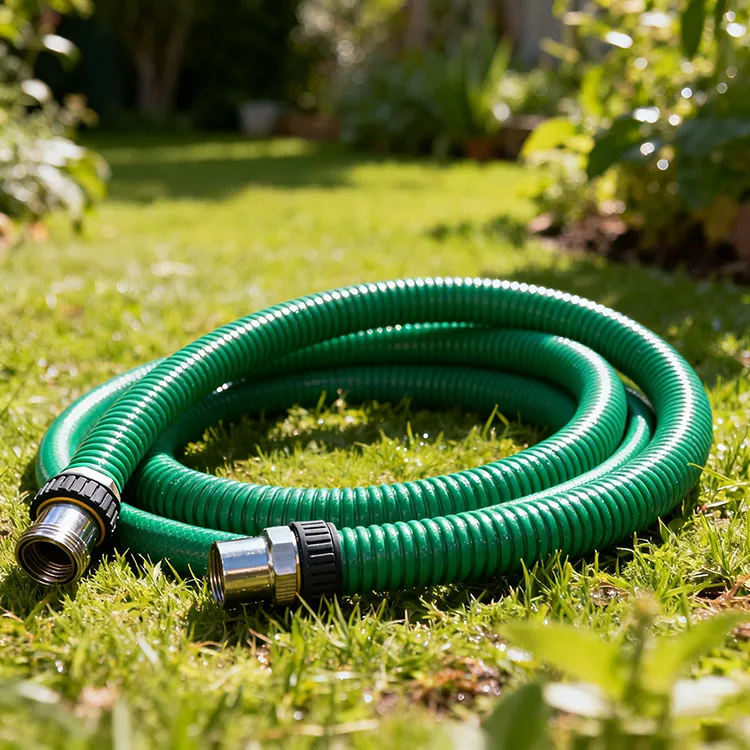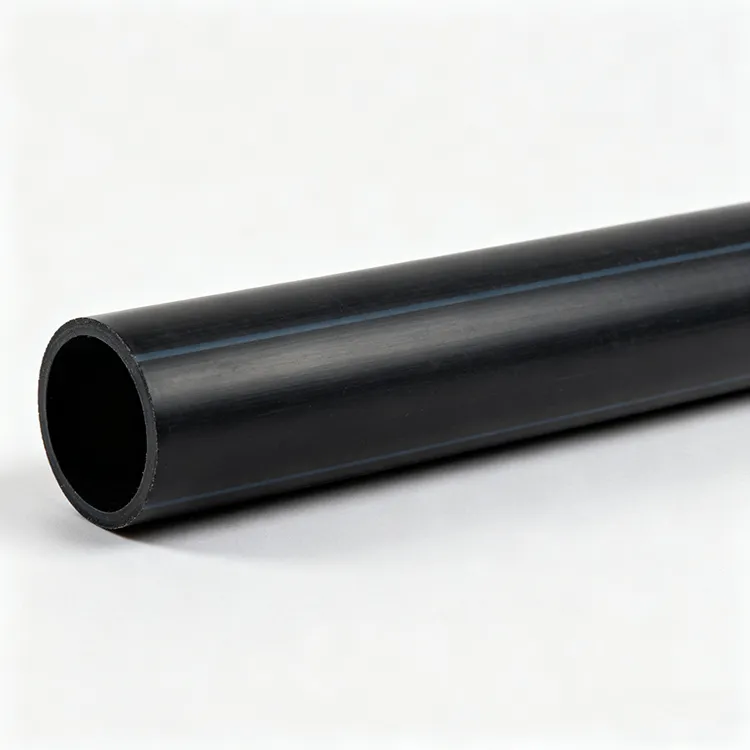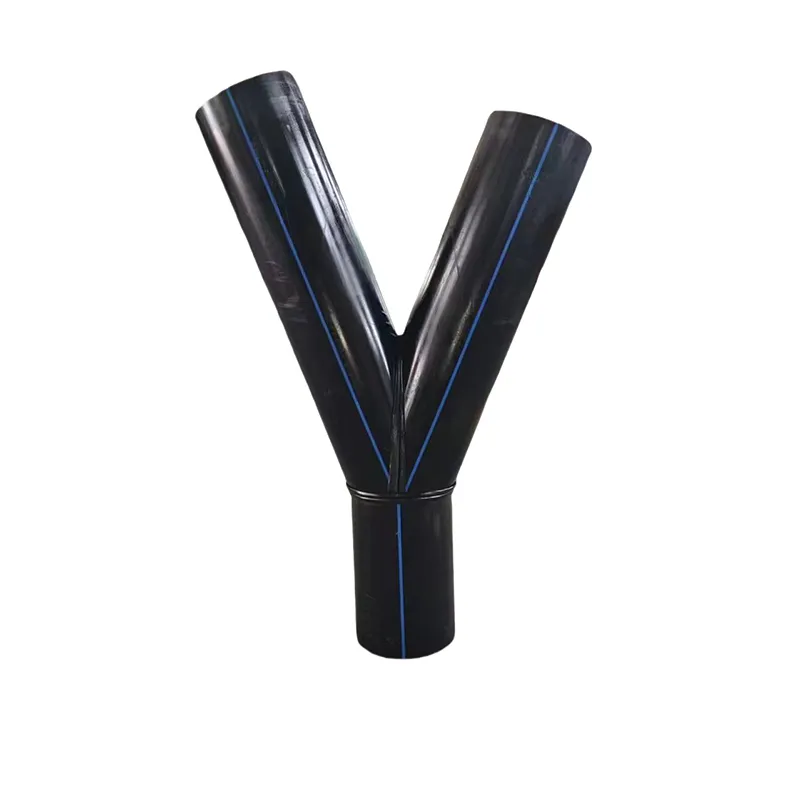Plastic pipes are often preferred over traditional piping materials such as metal or concrete because they are lightweight, easier to install, and have a longer lifespan. Some common types of plastic pipes include:
1. High-Density Polyethylene (HDPE) Pipe: This plastic pipe is used for water supply, gas distribution, and sewage systems. HDPE pipes are known for their durability, flexibility, and resistance to corrosion, making them ideal for both above-ground and underground installations.
2. Polyvinyl Chloride (PVC) Pipe: PVC pipes are used in water supply and sewage systems, as well as in electrical and telecommunications installations. PVC pipes are lightweight, easy to install, and resistant to corrosion and chemical damage.
3. Chlorinated Polyvinyl Chloride (CPVC) Pipe: CPVC pipes are used in hot water supply applications, such as residential plumbing and commercial heating systems. CPVC pipes are resistant to heat damage, making them ideal for high-temperature applications.
4. Cross-Linked Polyethylene (PEX) Pipe: PEX pipes are used for residential plumbing applications, such as hot and cold water supply systems. PEX pipes are flexible, easy to install, and resistant to corrosion and chemical damage.
5. Polypropylene (PP) Pipe: PP pipes are used in industrial applications, such as chemical processing and wastewater treatment. PP pipes are resistant to high temperatures, pressure, and chemicals, making them ideal for harsh environments.
Overall, plastic pipes are a versatile and durable option for a wide range of applications. The choice of plastic pipe type will depend on the specific application, the required strength and durability, and the cost of the material.
Plastic Pipe Welding Methods
There are several methods for welding plastic pipes, depending on the type of plastic and the application. Here are a few common plastic pipe welding methods:
1. Butt Welding: Butt welding is a common method for joining plastic pipes of the same diameter. This process involves heating the ends of the pipes to their melting point and then pressing them together to form a welded joint. Butt welding is commonly used for polyethylene (PE) and polypropylene (PP) pipes in water and gas distribution systems, as well as in industrial piping systems.
2. Electrofusion Welding: Electrofusion welding is a process that uses an electric current to melt the plastic material at the joint, creating a reliable and watertight bond. Electrofusion welding is used for PE pipes in gas and water distribution systems, as well as in some industrial applications.
3. Socket Fusion: Socket fusion is a common welding method for smaller diameter plastic pipes, typically used in drainage and irrigation systems. This process involves heating a special fitting that is inserted into the end of the pipe, and then pushing the two components together until they cool and form a fused joint.
4. Hot Gas Welding: Hot gas welding is a method where heated air or gas is directed at the joint between two plastic pipes, melting the plastic material and creating a fused joint. This method is commonly used for thicker-walled PE pipes and in industrial applications.
5. Extrusion welding: Extrusion welding is a process where a plastic bead is extruded from a plastic welding gun and then fused into the joint. This method is commonly used for repairing plastic pipes or lining existing pipes.
Overall, the choice of plastic pipe welding method will depend on various factors such as the type of plastic, the diameter of the pipes, and the specific application. It is essential to ensure that the appropriate welding method is selected to ensure a strong and durable joint.
Plastic Pipe Welding Precautions
Welding plastic pipes involves heating the plastic materials to the melting point and joining them together to create a fused joint. To ensure a safe and high-quality weld, it is important to take several precautions when welding plastic pipes. Here are some precautions to keep in mind:
1. Safety equipment: When welding plastic pipes, it is essential to wear personal protective equipment, such as eye protection, gloves, and appropriate clothing. This will help protect you from the hot plastic material and any potential hazards.
2. Proper ventilation: The welding process can produce fumes and vapors that are potentially harmful if inhaled. Therefore, it is crucial to perform the welding in an area with adequate ventilation or an exhaust system.
3. Clean the pipes: Before welding, it is important to clean the pipes thoroughly to remove any impurities, dirt, or debris. This can be accomplished with a cleaning solution and a rag.
4. Heating temperature: The plastic material must be heated to the correct temperature to ensure a proper fusion. Overheating can result in deformation or melting of the pipe material, while underheating can result in weak or incomplete welds.
5. Proper welding technique: The welding technique used should be appropriate for the type of plastic and the application. Improper technique can result in weak or incomplete welds, which can lead to leaks or other issues.
6. Check for leaks: After welding, it is essential to check the joint for any leaks or defects. This can be accomplished with soap solution or other leak detection methods.
Overall, taking these precautions when welding plastic pipes can help ensure a safe and high-quality weld that meets the required standards for the application.









659.webp)
210.webp)
328.webp)

294.webp)
476.webp)


